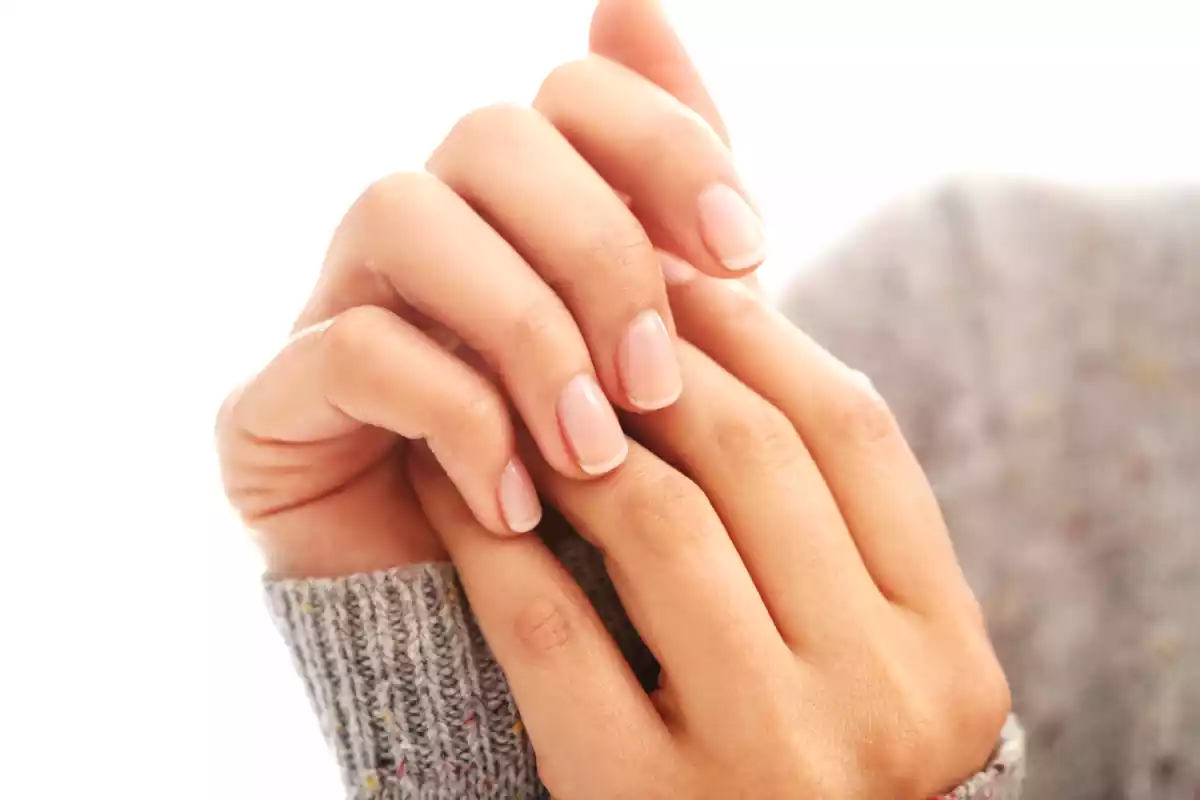What your nails reveal about your health: Signs and essential care!

Our nails, although often neglected, are more than just functional tools or elements of beauty: they can be important windows into our health. Changes in the texture, color, shape or growth of nails can signal problems ranging from nutritional deficiencies to serious health conditions. Knowing how to interpret the signals they give can be an effective way of identifying medical issues before they worsen.
Healthy nails: what to look out for
In general, healthy nails should be smooth, uniformly pink, with no spots or deformities. The presence of a crescent at the base of the nail is an indicator of normal growth. However, deviations from this pattern may indicate something wrong.
The most common changes and what they can mean
1. Brittle and dry nails
If your nails are constantly brittle or break easily, this can be a sign of dehydration, excessive exposure to chemicals or a lack of nutrients such as biotin and iron. In addition, conditions such as hypothyroidism can be associated with fragile nails.
2. Yellowed nails
Nails that have acquired a yellowish tinge can be caused by excessive use of nail polish or fungal infections. However, in more serious cases, they may indicate diseases such as diabetes, psoriasis or respiratory problems such as chronic bronchitis.
3. Lines or furrows
- Beau's lines: Deep grooves that run horizontally across the nail can be a sign that the body has undergone some intense stress, such as high fevers, chemotherapy or severe infections.
- Mees lines: Horizontal white bands can indicate exposure to heavy metals or kidney failure.
- Vertical furrows: Although generally harmless and related to ageing, very deep furrows can indicate nutritional deficiencies.
4. White spots
Small white spots (leukonychia) are generally harmless and indicate minor trauma to the nail. However, when the spots are persistent and affect several nails, it may be necessary to investigate zinc deficiency or other conditions.
5. Dark nails or nails with dark vertical lines
Dark spots can appear due to trauma, but in some cases they can be a sign of melanoma, a serious type of skin cancer. Vertical dark lines also deserve medical attention, especially if they are accompanied by changes in the shape of the nail.
6. Spoon-shaped nails (coilonychia)
Nails that appear concave, like spoons, can be a sign of iron deficiency anemia, hemochromatosis (excess iron in the body) or thyroid disorders.
7. Blue or purplish nails
This condition can be an indication of poor circulation or low blood oxygenation, often associated with respiratory or heart problems or severe anemia.
8. Nails with a "frosted glass" texture
If your nails are dull and have ripples or thickening, this could be related to conditions such as psoriasis or dermatitis.
The role of diet and lifestyle
Maintaining healthy nails goes far beyond the use of personal care products. A balanced diet, rich in vitamins and minerals such as iron, zinc, biotin and protein, is essential for healthy nail growth. In addition, proper hydration and avoiding harmful habits such as nail biting are important measures.
When to see a doctor
Although many nail changes are harmless and temporary, persistent changes or changes accompanied by other symptoms (such as fatigue, weight loss or difficulty breathing) should be assessed by a health professional. Dermatologists and general practitioners are the right professionals to investigate possible underlying causes.
What's worth noting
Nails can reveal a lot about what is going on inside our bodies. Observing and interpreting these changes can be a way of promoting self-care and seeking early medical help when necessary. So, the next time you cut or paint your nails, take the opportunity to take a closer look - they may be trying to tell you something important.
Read more
 Mirella Mendonça
Mirella Mendonça


Comments